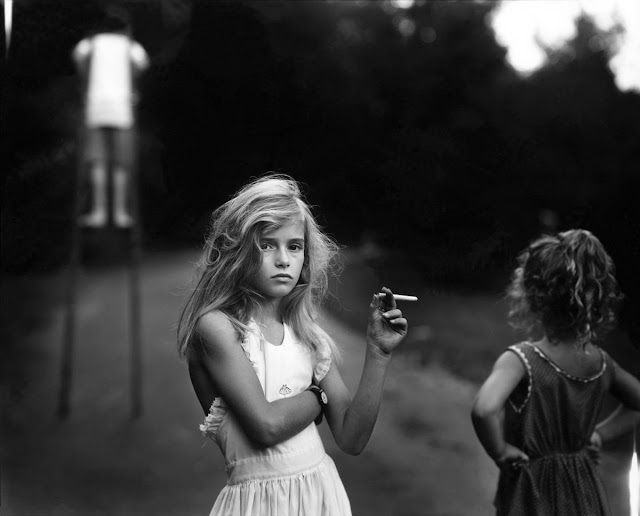Andy Warhol: The Celebrity Polaroid Portraits
Today's most famous photographers and artists use the latest technology available in order to create the best quality work possible. Whether it's the latest full frame DSLR or medium-format camera, along with dozens of high-powered strobe lights set against immense backdrops, commercial photographers will always try to top their previous shoot. But sometimes when you're famous enough, the simplest camera can still produce images of note. That's the story with Andy Warhol and his celebrity polaroid portraits.
Andy Warhol was born Andrej Varhola, Jr. During his youth, he contracted a nervous system disease which led to him being confined to his home several times. The time he spend at home allowed him to listen extensively to the radio and collect pictures of his favorite movie stars, seemingly small events that would shape his later artistic style.
Warhol graduated from college with a degree in Graphic Design, moving shortly after to the New York looking for a job. The artist quickly found work as an illustrator for magazine and shop advertisements. Warhol became popular for his early artwork, being one of the first to advocate silk screen printing. By the late 1950s, the artist was exhibiting his artworks around different museums in the city.
Warhol rose to the top of the contemporary art world in the beginning of the 1960s with his pop art works. Some of his more iconic works, like the Marilyn Diptych (which showed the popular movie star's portrait repeated in different colors) and the Campbell Soup Cans (reproductions of the different varieties offered by the food company) were made during this period. Warhol also founded The Factory, a haven for artists and like-minded individuals who experimented with different artistic mediums, from paint to film.
The artist continued to produce avant-garde pieces of art well into the 1960s, although a near fatal assassination attempt on his life would force him to quiet down for the next few years. It was only in the 1970s that he seriously began his foray into Polaroid photography. Many Hollywood stars, celebrities and American politicians agreed to pose for the artist, which most often than not only involved a white backdrop. Some of these Polaroids would later be used as the basis for Warhol's silkscreen paintings, but that doesn't mean that the pictures were worthless by themselves.
Warhol's Polaroids provide an interesting look at the celebrities of his day. The bare backdrop makes the viewer focus on the subject alone, the direct flash creates unflattering highlights, and the ordinary quality of the Polaroid camera's lens and photo paper makes these images "bad" compared to the professional portraits done with more sophisticated camera equipment. However, these pictures are so bad that they're too good not to look at.
These Polaroids might be the precursor of Terry Richardson's bare photography, which shows the today's celebrities in the most unflattering light. Here, Warhol gives the viewers a chance to see what celebrities really look like without any fancy make-up and camera work. Indeed, just like his Marilyn paintings, Warhol stripped the celebrity status of these stars, exposing them to the world so much that they become ordinary. Ironically, some 30 years on, it's the obvious disregard for beauty that now makes these Polaroids more valuable than if they had been shot with all the glitz and glam of Hollywood.
The Andy Warhol Foundation preserves the memory of the great artist. There are plenty of other celebrity Polaroid portraits over at These Americans website. The pictures are collected in the book Andy Warhol: Polaroids, Celebrities and Self-Portraits. There's also Andy Warhol Portraits and Andy Warhol: Photography.











They are good except for Yoko Ono...can't stand her!
ReplyDeleteSome great portraits!
ReplyDeletesly has a sweet beard
ReplyDeleteInteresting post. The one of Arnold makes me laugh, he's the man.
ReplyDelete